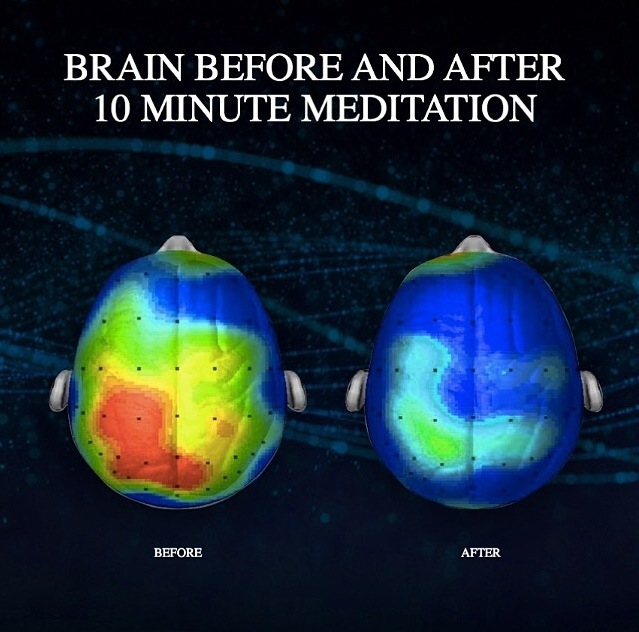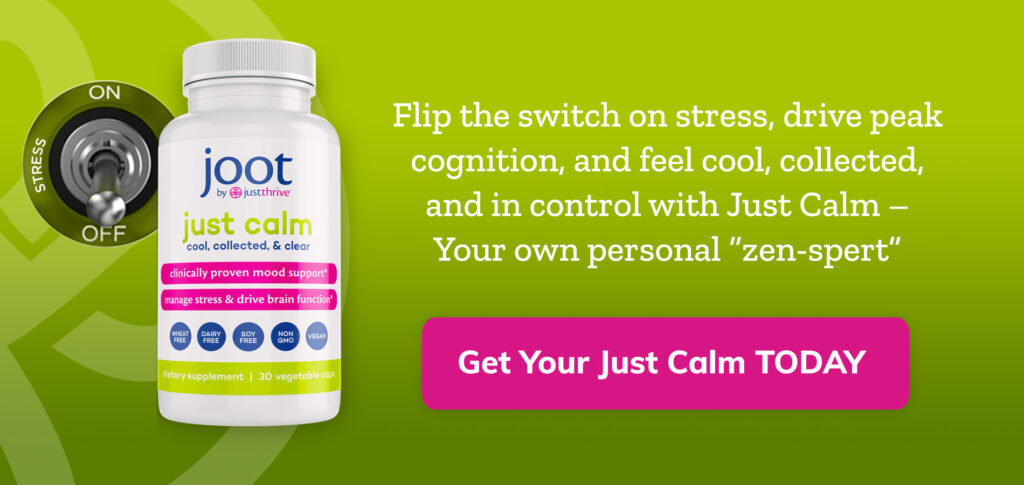Almost exclusively, modern medicine turns its advanced monitors on the brains of the unwell. MRIs, CATs, EKGs, radio imaging: all of them have helped us to better understand every type of deformity, disease, dissociative disorder known across the human spectrum. Entire libraries-worth of theses exist on the human and animal neurological response to the introduction of every sort of enzyme, vitamin, drug and their effects on a litany of conditions.
Our medical knowledge of illness is overwhelming, and has consequently offered relief to millions in the form of psychiatric medicine and therapy. Our experimental knowledge of psychic wellness, on the other hand, is a puddle in comparison to this ocean of information. What if we were to study how the brains of exceptionally healthy and happy people behaved, and model our medicine after that?

In the few studies that have been done, various forms of meditation, consciousness exploration, and mental and physical exercise regimens have been proven to have intense and often beneficial short term consequences — lowered blood pressure, deeper breathing, feelings of peace and calm (or inspiration and happiness). These will result whether one is a first time practitioner or a 30-year-yogi. The cause gets even more compelling when you examine the effects of long-term practice: the brains of long-term practitioners are marked different than those of people who forego the inner arts, exhibiting lower stress, greater flexibility, less disease, and more control over psychological and emotional response patterns. Meditation, as Well.org founder Pedram Shodrai puts it, is The Art of Stopping Time.
Measuring the Mind
HeartMath Institute, an East-West research organization and conscious capitalist company founded in 1991, has been working for years to affirm these connections, and their research has been majorly confirmed in recent years, to the point where meditation is recommended by every kind of doctor, who just years ago would likely have scoffed at the idea that such a subtle thing could have a such a profound effect on overall well-being. HMI’s research has centered on the resonance between the mind and the heart, positing that the locus of well-being is less about the inputs on our lives and more about the tools we use to ciphered our experiences. To that end, they (and many others) have developed a litany of technologies to monitor and attunes ones frequency and achieve meditative calm and focus in all kinds of challenging situations.
Throughout the day, our brains oscillate between four octaves of electrical signaling: Beta, Alpha, Delta, and Theta. The Beta state — a.k.a. the excitation — is the standard mode of waking operation. In it, we are responding to stimuli and are, in general, a hair’s-breadth away from triggering our fight-or-flight cortisol stress response. This mode is essential to survival, but is less than optimal as a place of rest and decision-making. Alpha is the more relaxed waking state, from whence reflective problem-solving originates. Delta is the deep end of R.E.M. (dreaming) and total (dreamless) sleep. And in between them all exists the liminal stage of Theta, which is the deeply calm and yet still conscious state that meditation helps one to achieve.
A 2010 study published by the Norwegian University of Science and Technology and Dartmouth College in New Hampshire asserts that the oft-claimed link between non-directive meditation and improved decision making and calm is well-founded. “Spontaneous wandering of the mind is something you become more aware of and familiar with when you meditate,” writes professor Øyvind Ellingsen. “This default activity of the brain is often underestimated. It probably represents a kind of mental processing that connects various experiences and emotional residues, puts them into perspective and lays them to rest.” When we turn inward, over time we become better at separating ourselves from mental chatter, and achieving both focus and calm.
How To Begin
As mentioned above, the most neurologically effective forms of meditation are less about arcane ritual or exercise-like intensity — though those may have other benefits that are more difficult to quantify. They are simply techniques to draw the attention inward and observe the reactions of the mind and body from a place of stillness.
It is very likely that our ancestors have been practicing techniques that do just that for countless thousands of years; the most influential forbearer, whose technique is practiced by hundreds of millions to this day, is the 5th century BCE North Indian sage Siddhartha Gautama — the Buddha. The religion of Buddhism has grown convoluted over time, as tends to happen, but to the great benefit of humanity his original technique has been preserved down through the ages and is currently spreading around the world once again. Vipassana, or ‘Insight’, meditation, teaches students to methodically observe the sensations of the body and finally disidentify from thoughts and reaction patterns. The technique is simple, non-dogmatic (which is to say, you can practice it equally well whether you are a Buddhist, a Christian, or an atheist) and yet intensely effective. When it has been studied, it has shown that regular meditators can modulate their brainwaves with much greater facility and ease, and become entrained to think from that elusive and essential Theta position.
Sources:
https://www.scientificamerican.com/article/what-is-the-function-of-t-1997-12-22/
https://www.heartmath.org/research/
https://www.sciencedaily.com/releases/2010/03/100319210631.htm
https://www.dhamma.org/en/about/vipassana
You May Also Like…





